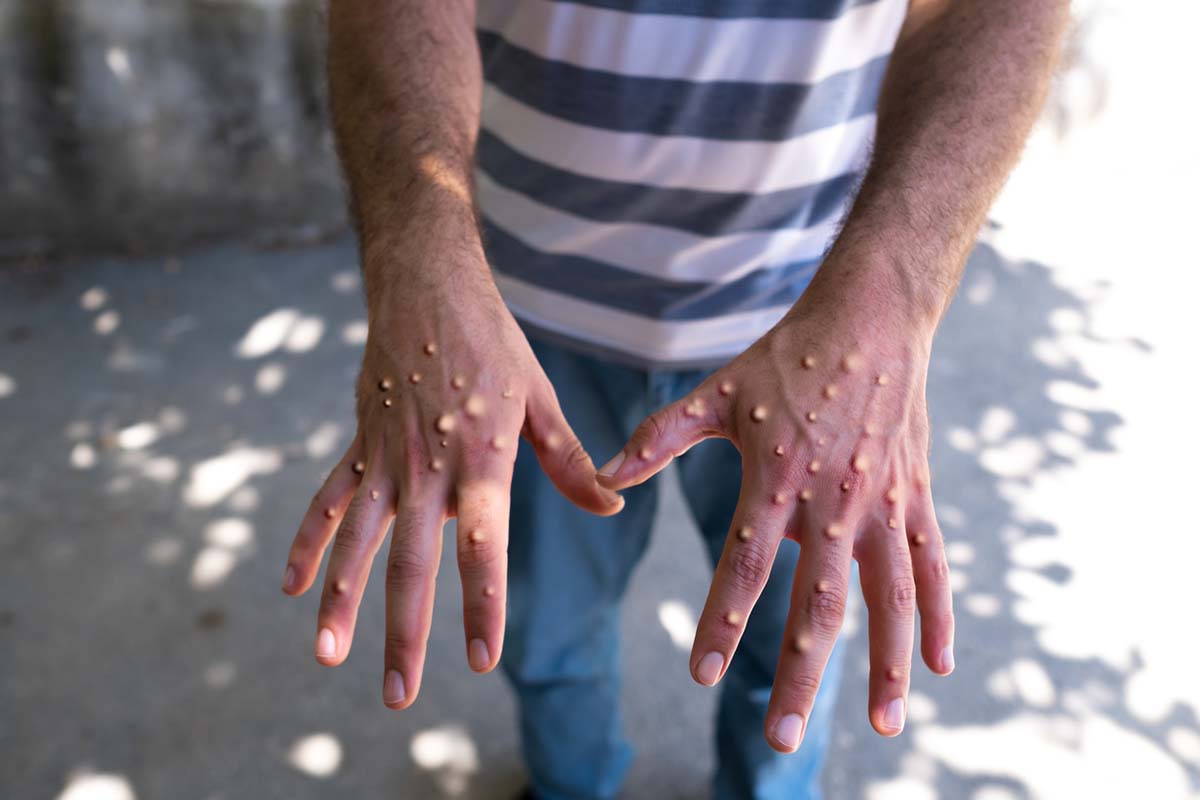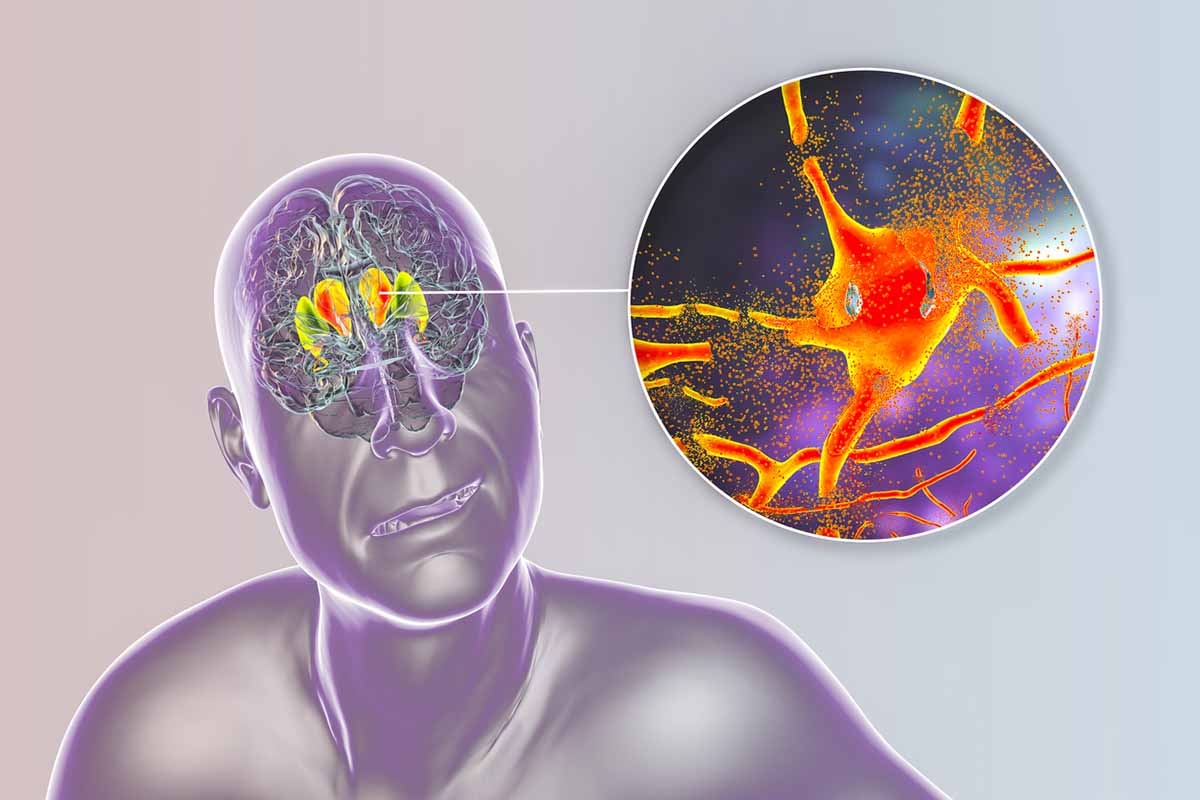J Clin Psychiatry 2021;82(3):20lr13818a
To cite: Izuhara M, Izuhara HK, Tsuchie K, et al. Studies support the use of suvorexant for the prevention of delirium. J Clin Psychiatry. 2021;82(3):20lr13818a.
To share: https://doi.org/10.4088/JCP.20lr13818a
© Copyright 2021 Physicians Postgraduate Press, Inc.
aDepartment of Psychiatry, Faculty of Medicine, Shimane University, Izumo, Shimane, Japan
bDepartment of Psychiatry, Shimane Prefectural Psychiatric Medical Center, Izumo, Shimane, Japan
cDepartment of Medical Informatics, Faculty of Medicine, Shimane University, Izumo, Shimane, Japan
dDepartment of Anesthesiology, Faculty of Medicine, Shimane University, Izumo, Shimane, Japan
*Corresponding author: Masatoshi Inagaki, MD, PhD ([email protected]).
See letter by Brooks et al and article by Izuhara et al
To the Editor: In their letter, Brooks and Kruse1 declare their concerns about the use of suvorexant for delirium prevention. We agree that a cohort study alone cannot provide concrete evidence to support the clinical use of a given remedy. We also agree that our retrospective cohort study could not establish causal relations because of non-random group assignment and lack of placebo controls. Our retrospective cohort study2 was based on previous randomized controlled trials (RCTs). Hatta et al3 compared the delirium preventive effect between suvorexant and placebo, whereas Azuma et al4 compared between suvorexant and standard treatment. Our study aimed to examine whether the results of these RCTs apply to routine clinical practice.5 For example, patients in these RCTs were asked to provide informed consent; therefore, patients who were comatose, had severe liver failure or respiratory disease, or were using antipsychotics or antidepressants were excluded. RCTs can examine efficacy but not effectiveness. Our retrospective cohort study provided supplementary findings for use of suvorexant to prevent delirium in routine clinical settings. We concluded that the delirium preventive effects observed in the RCTs also apply to our routine clinical practice.
We further agree that initiating suvorexant at clinical discretion can induce systematic group differences that cannot be corrected by the inclusion of covariates in the analyses, which was discussed in our article. In our study, patients in the suvorexant group were more likely to have received dexmedetomidine, haloperidol, risperidone, trazodone, and/or ramelteon before the onset of delirium. The multivariate Cox regression analysis showed no significant effect of these drugs on delirium occurrence. However, as discussed, we could not exclude the possibility that the patients in the suvorexant group may have been treated for early or prodromal symptoms of delirium before receiving suvorexant. We do not claim that our retrospective study proves the effectiveness of suvorexant for delirium prevention. On the basis of previous RCTs, we examined the applicability of the efficacy proved by RCTs to everyday clinical practice. Furthermore, 2 additional cohort studies examined the delirium preventive effects of suvorexant,6,7 and 3 further cohort studies have examined the effects of suvorexant and/or ramelteon.8–10 All 5 of these studies showed delirium preventive effects of suvorexant. The results of the RCTs are consistent with these 5 cohort studies as well as our study.
We agree that the number of patients in our study was sufficient to detect an association between suvorexant and decreased rates of delirium during the first 5 days, but not throughout 30 days. In the 2,807 patients included in our study, the median intensive care unit (ICU) stay was 2 days (interquartile range, 1–4 days). Our study covered the majority of patients in ICU; however, studying more patients is necessary to determine the effectiveness of suvorexant for delirium in patients who require ICU stays of more than 5 days.
In conclusion, our study expands on the efficacy of suvorexant for delirium prevention observed in previous RCTs by showing its effectiveness in routine daily clinical practice. However, in line with the concerns of Brooks and Kruse,1 we must exercise caution regarding our findings until a large randomized controlled study is conducted to determine the effectiveness of suvorexant for delirium prevention, especially for non-insomniac patients.
Published online: April 27, 2021.
Potential conflicts of interest: Dr Inagaki has received lecture fees from Meiji, Mochida, Takeda, Novartis, Yoshitomi, and Pfizer, as well as personal fees from Technomics; has received research funds from Novartis and Otsuka; and his institute has received research funds from Eisai, Astellas, Sumitomo Dainippon, Pfizer, Daiichi-Sankyo, and Takeda. All institutions are located in Japan. Dr Saito has received lecture fees from Shionogi, Daiichi-Sankyo, Kyowa Kirin, Pfizer, Hisamitsu, Asahi Kasei, Nippon Zoki, Ayumi Pharmaceutical, Tsumura, BIKEN, and GSK and has received research funds from Shionogi. All institutions are located in Japan. The remaining authors have disclosed that they have no conflicts of interest.
Funding/support: None.
References (10)

- Brooks III JO, Kruse JL. It is too early to put delirium prophylaxis to bed : stronger evidence is needed for suvorexant. J Clin Psychiatry. 2021;82(3):20lr13818.
- Izuhara M, Izuhara HK, Tsuchie K, et al. Real-world preventive effects of suvorexant in intensive care delirium: a retrospective cohort study. J Clin Psychiatry. 2020;81(6):20m13362. PubMed CrossRef
- Hatta K, Kishi Y, Wada K, et al; DELIRIA-J Group. Preventive effects of suvorexant on delirium: a randomized placebo-controlled trial. J Clin Psychiatry. 2017;78(8):e970–e979. PubMed CrossRef
- Azuma K, Takaesu Y, Soeda H, et al. Ability of suvorexant to prevent delirium in patients in the intensive care unit: a randomized controlled trial. Acute Med Surg. 2018;5(4):362–368. PubMed CrossRef
- Silverman SL. From randomized controlled trials to observational studies. Am J Med. 2009;122(2):114–120. PubMed CrossRef
- Tamura K, Maruyama T, Sakurai S. Preventive effect of suvorexant for postoperative delirium after coronary artery bypass grafting. Ann Thorac Cardiovasc Surg. 2019;25(1):26–31. PubMed CrossRef
- Masuyama T, Sanui M, Yoshida N, et al. Suvorexant is associated with a low incidence of delirium in critically ill patients: a retrospective cohort study. Psychogeriatrics. 2018;18(3):209–215. PubMed CrossRef
- Hatta K, Kishi Y, Wada K, et al. Real-world effectiveness of ramelteon and suvorexant for delirium prevention in 948 patients with delirium risk factors. J Clin Psychiatry. 2019;81(1):19m12865. PubMed CrossRef
- Booka E, Tsubosa Y, Matsumoto T, et al. Postoperative delirium after pharyngolaryngectomy with esophagectomy: a role for ramelteon and suvorexant. Esophagus. 2017;14(3):229–234. PubMed CrossRef
- Kawada K, Ohta T, Tanaka K, et al. Addition of suvorexant to ramelteon therapy for improved sleep quality with reduced delirium risk in acute stroke patients. J Stroke Cerebrovasc Dis. 2019;28(1):142–148. PubMed CrossRef
This PDF is free for all visitors!





